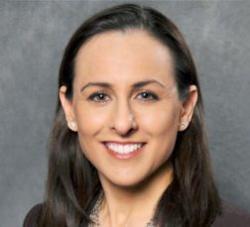The Problem
The United States spends a larger share of its GDP on health care than any other advanced economy. The high private sector health-care spending in the United States relative to that of other economies is driven largely by higher prices. However, there is scant evidence that high U.S. provider prices reflect better quality of care. Because market forces have not yielded competitive commercial provider prices, the authors believe policy intervention is necessary.
The Proposal
Although the United States will likely continue to rely on markets to allocate most health-care resources, market competition has not been sufficient to control commercial provider prices. In this proposal, Michael Chernew, Leemore Dafny, and Maximilian Pany discuss how price regulations could be used to constrain commercial provider prices in an efficient manner. They recommend a three-pronged approach that includes (1) market- and service-specific price caps that apply directly to only the very top of the commercial price distribution; (2) service-, insurer-, and provider-specific price growth caps that constrain price inflation; and (3) flexible oversight by state or federal authorities to address potential evasion.
This publication was made possible by a grant from the Peterson Center on Healthcare. Michael E. Chernew is the is the Leonard D. Schaeffer Professor of Health Care Policy and the Director of the Healthcare Markets and Regulation (HMR) Lab in the Department of Health Care Policy at Harvard Medical School, Leemore S. Dafny is the Bruce V. Rauner Professor of Business Administration at the Harvard Business School, and Maximilian J. Pany is an M.D.-Ph.D. candidate in health policy at Harvard/MIT. Michael Chernew has conducted speaking engagements with, received research funding from, and acted as a consultant for various health insurance companies and medical groups. He is on the advisory board for NIHCM, MITRE, Archway Health, and HCCI. Leemore Dafny has served as an economic consultant for commercial insurance companies and serves on the board of the Health Care Cost Institute. Beyond these affiliations, the authors did not receive financial support from any firm or person for this paper or from any firm or person with a financial or political interest in this paper. No outside party had the right to review this paper before circulation. The statements made and views expressed are solely the responsibility of the authors.
The Brookings Institution is committed to quality, independence, and impact.
We are supported by a diverse array of funders. In line with our values and policies, each Brookings publication represents the sole views of its author(s).






Commentary
A proposal to cap provider prices and price growth in the commercial health-care market
March 10, 2020